Dr. Caydelove (Or: How I Learned to Stop Worrying and Love the Grind)
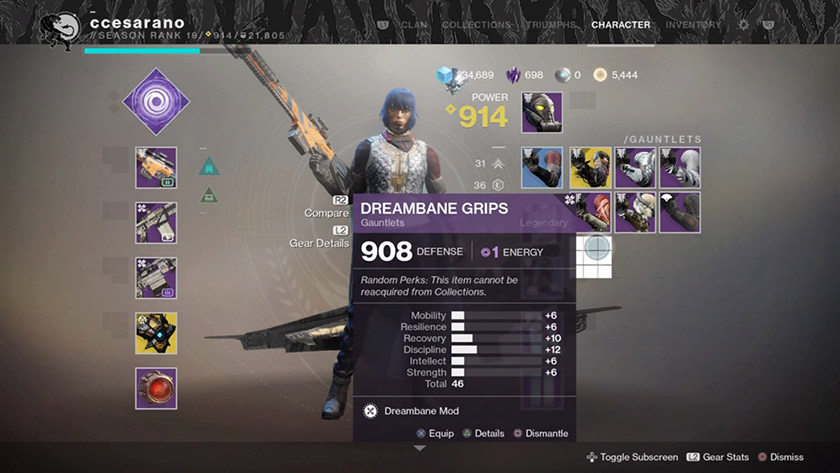
Going forward, Destiny 2’s post-launch game systems, features, and updates are being designed specifically to focus on and support players who want Destiny to be their hobby – the game they return to, and a game where friendships are made.
Luke Smith & Chris Barrett, Nov. 29th 2017 Bungie.net Community Update
Now we’re opening the door and saying, come on in, take a look around, if you like this place and want to make it your hobby, there’s a community here who’ll take you on new adventures.
David “Deej” Dague, Aug. 23rd 2019 interview with Eurogamer.net
If you’ve been reading this blog and following me for the past several years now, then you might recall my first critique of the original Destiny. My assertion at the time was that Bungie had built the experience as a culmination of all of their game modes and philosophies they’d developed into the Halo franchise. It guided the player from a basic and linear difficulty mode towards the more challenging content that tests the player’s quick-thinking and twitch-reflexes. The only thing I couldn’t wrap my head around was the grind.
As the years have progressed, I’ve felt an increasingly antagonistic relationship with the Destiny franchise due to the grind’s intentions clashing with what I want out of this hobby vaguely defined as “gaming”. My relation with this medium as an enthusiast drives me to play a variety of titles, to experience them repeatedly when possible, and to study the many genres that appeal to me.
Bungie wants you to play their game every week, several days of the week. They don’t care about other games. They want Destiny to be your hobby, not “gaming”.
Of course, this is a very self-centered, pessimistic, and cynical perspective of Bungie’s intentions. It’s the sort of attitude that dismisses hobbyist players of Player Unknown’s Battlegrounds, Overwatch, or Fortnite as not “gamers”. Friends I knew in high school that predominantly played Counter-Strike are still gamers in their own right, as they’ve not abandoned the medium or hobby. They’ve simply moved to the new aforementioned hotness.
The grind in Destiny may be designed to call players back regularly – to truly make it their hobby – but that does not therefore equate it to being some sinister plot of Bungie’s to steal you away from other games.
Really, Destiny was born out of a developer’s honest and understandable desire for players to enjoy their game wholly. Bungie co-founder Jason Jones wanted a game that would call people back to see more and more content because he was under the impression that a player saw all there was to a Halo game after their initial completion.
...I mean, he was absolutely wrong, but when you get so intimately connected to a game as a developer does, it’s understandable why they’d lose sight of the advantages – and sometimes necessity – of replaying a game in order to appreciate all of its depths.
Luke Smith, who had been an avid World of Warcraft player, has served as the franchise’s game director for the past several years. Blizzard’s highly successful MMO was a game in which many had forged friendships and even met their future spouses through. Despite its grind-heavy content, such activities served as an excuse for friends to get together and hang out in much the same way that Eh! Steve! serves as an excuse for me to hang out with one of my best friends to talk about games and movies. The same has been true of Destiny, its grind helping to pull friends together on a weekly or daily basis in order to prepare for and approach new challenges within the game.
While it is, in part, a marketing tactic – particularly as perceived by this frustrated Redditor – I also believe it to be a genuine intent on the part of the developers. They want to make a world and systems that are enjoyable enough that it transcends being “just another game” and becomes a facilitator of friendships, community, and even love.
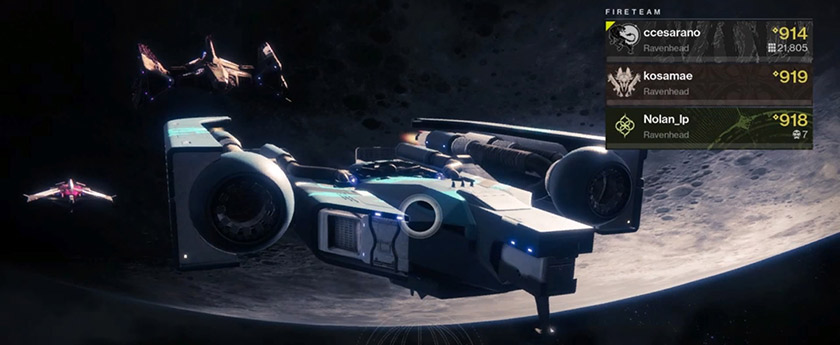
It’s Thursday night. Time to squad up.
The question, then, is what sort of strategy Destiny and similar games use to coax players into coming back. What is the proverbial carrot on the stick to keep us on this figurative hamster wheel of gameplay?
Let’s rewind ten years to when my friends and I would regularly return to Left 4 Dead and Gears of War 2’s Horde mode. Our only reward for doing so was unlocking achievements, progressing through or completing harder difficulty modes, or simply hoping to enjoy something different from whatever had been distracting us a week or month or two. Neither of these games had built in mechanics to “work towards”. They simply relied on the intelligence of their A.I. to behave in such diverse ways to set the different playthroughs apart, a challenge revisited over and over and continuously conquered… or horrifically screwed up. There were times we did so poorly or someone made such a heinously bad decision that we couldn’t help but laugh as the entire night crumbled before our eyes.
There was no substantial “in-game” reward for these things. It relied completely on that session’s accomplishment, much like you’d come back to play a game of baseball in the park with your friends just to see who’d win this time, or broke out the chess board to compete with your sibling. The game itself never changed and no trophy was awarded, but it was always an enjoyable way to spend time.
The seventh generation of consoles had already begun to add rewards for continued play, though. The Call of Duty franchise in particular had added things like “perks” and other “unlocks” for continued playtime. As such, Halo: Reach had introduced ranks for us to work towards and attain, unlocking new cosmetics to purchase with each increase in status. Castle Crashers had a more traditional role-playing leveling system for each character, with each level allowing the player to boost certain stats and become stronger. On paper, these are very similar methods of encouraging further play. Every time you logged on, you were working towards progress in order to improve your character and, in the case of Castle Crashers, grow stronger.
It is important to keep in mind that every activity available in these games made progress towards the goal. No matter whether you were playing the campaign, competitive, or firefight modes in Halo: Reach, you were earning points and increasing your rank. Start up any stage in Castle Crashers and you were earning experience so long as you dealt damage.
The core goal for Destiny players – the carrot on the stick – is one’s Light Level. In order to increase one’s Light Level, one must obtain powerful gear.
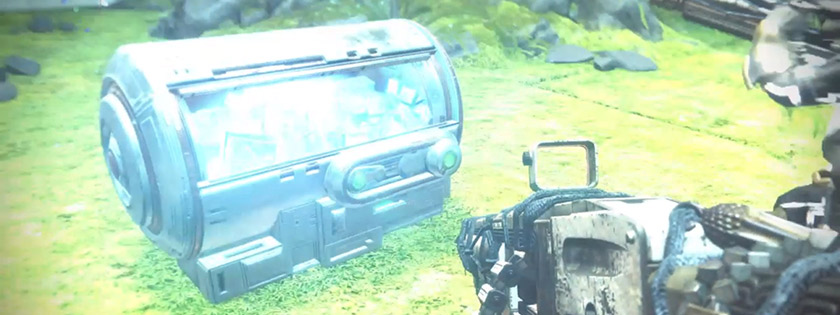
These chests are everywhere and you rarely get anything of value out of them, but at least the sounds they make when they pop open is nice.
This is where the “grind” is introduced to what can already seem to be a lengthy and repetitive process. All activities build towards a single progress bar in Castle Crashers or Halo: Reach, but Destiny separates that lone progress bar into several, smaller progress bars. The completion of eight bounties for a specific vendor, playing through an old story mission on a higher difficulty, looting Lost Sectors for the umpteenth time (or defeating the bosses in specific Lost Sectors (or defeat specific powerful enemies in Lost Sectors that aren’t the bosses)), and participation in multiple competitive Crucible matches are some examples of how you can get powerful gear.
Many of these objectives and activities crossover with one another. Zavala will always have bounties for types of kills and actions performed in Strikes, which can be “knocked out” while completing the requisite number of weekly Strikes to earn a piece of powerful gear. However, these are all still a series of small progress bars that slow down the central core progress each player is seeking. The rewards for bounties are often so plentiful as to be nearly meaningless, and this is especially true of the rewards for nearly any isolated activity. Simply completing a Strike and opening a chest won’t provide equipment that builds towards that higher Light Level.
Not that progress towards maximum rank in, say, Halo: Reach was expedient. That progress bar had no impact on a character’s power, however. In Destiny, select activities can be nearly impossible if the player is below the recommended level. Players that want a challenge are forced to progress through a series of far, far less difficult activities for several hours just to earn a piece of equipment that might boost their power by one.
Now, the glass-half-full perspective would interpret all of these miniature progress bars as “constantly offering you something to work towards”. No matter what you’re engaging in, each time you sign on you can find something to reward your play time. This is partially true, and I’ll be returning to that point later on. However, given that the game continues to build experience towards increased levels, why not simply have one single bar that rewards the player with powerful gear each time they level up? Why not allow chests in each activity to drop something valuable?
Because Bungie doesn’t want certain players burning through the content too fast. Should the system operate in this fashion, players would no doubt find the most expedient activities to either open a chest and gain rewards or earn experience to level up. They’d then grind those methods exclusively in order to hit maximum level as swiftly as possible, which then begins to reduce the need to keep signing on and enjoy all of the different activities.
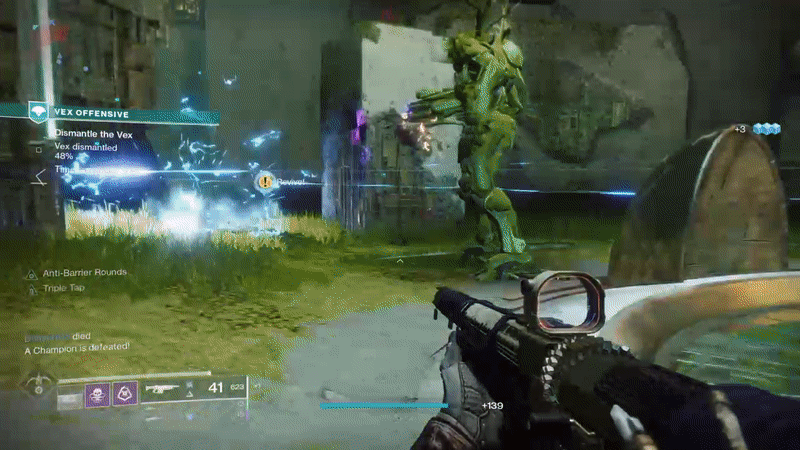
Killed by a giant Vex Minotaur? No! Killed by the rock I flew into.
Bungie is not wrong to fear this outcome, as it’s largely where my antagonism with Destiny 2 had begun. I managed to reach the then maximum light level before the Curse of Osiris expansion landed in Destiny 2’s first months. I had finally caught the carrot held in front of me for so long – the very carrot I had never once caught in the original Destiny. It turned out I was not fond of the taste of carrot, and what should have felt like an accomplishment instead rang hollow. More than realizing I was a wheel in a rut, I had become aware that the destination I had coveted so much in the original Destiny was hollow.
Now, this is where defenders of the original game will note that the “real” chase was in the most optimized gear, something Destiny 2 lacked at launch due to each piece of gear being the same. The first Destiny had randomized perks and other features that could make, say, one Gjallarhorn superior to another.
I don’t think that was the problem, however. The problem was that I had hit maximum light level through some standard activity. Bounty completion or heroic adventure, it didn’t matter. I had finished a tedious, easy task and was rewarded with the greatest power available.
The real problem I was failing to see was that I had been chasing Bungie’s carrot rather than the bag of Cheetos on a stick I knew I enjoyed. Halo: Reach’s slow progress towards increased ranks weren’t what I was chasing. It was nice to be able to unlock cosmetics, but the promise of points instead provided an impetus to activate skulls on higher difficulties of the campaign. This, as well as greater progress in Firefight, rewarded the player with greater points and progress by tackling more difficult challenges. A greater challenge is what the players who treated such games as their hobby wanted.
Which wraps us back around to why increase Light Level and why I have struggled so much with Destiny 2. There’s a lot of progress bars to fill, but the rewards are given at a slow and selective pace that does not always match the challenge offered.
However, there’s a major difference between Destiny 2 before Curse of Osiris landed and Destiny 2 now: the number of activities available to participate in.
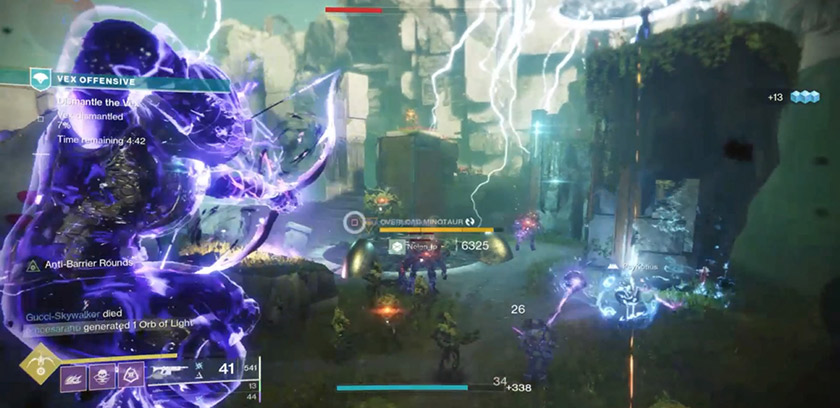
I love playing Nightstalker.
There are a lot of small design issues I could go over with a majority of Destiny 2’s activities, and I shall always mourn the loss of Prison of Elders as a reliable horde mode to fall back on. However, to say that Destiny 2 is lacking in challenging activities is to not try hard enough. Be it activities like Escalation Protocol – probably still one of the most challenging to see to completion – The Menagerie, Forge Activation, or Nightfall Strikes, there’s plenty of content to see each week and enjoy.
That is, so long as you own all the expansions. There’s “a lot of” content in the base free-to-play Destiny 2 package, but players are most rewarded if they’ve invested in Forsaken and Shadowkeep.
Nevertheless, I’ve finally found that hobby Destiny 2 can represent. I ignore the most tedious, monotonous, grind-heavy tasks like the Flashpoint unless I’m waiting for friends to sign on, and instead jump into the more challenging multiplayer modes that happen to reward powerful gear. If there’s no more powerful gear to gain from those tasks, I know to instead switch over to a different game for the next several nights, waiting to reunite with my friends the following week when the game “resets”.
I don’t play for the increased Light Level. Just like the cosmetic rewards of Halo: Reach, I now sign on so that I can play with my friends and enjoy the expertly crafted shooting mechanics. Are there other games I’d like to play as well? Certainly, and just as I got sick of kids playing nothing but Smash Bros. Melee while I was in College, I get sick of just playing Destiny 2 with my friends.
That doesn’t stop Destiny 2 from being an enjoyable game to come back to, so long as I have plenty of reason to come back. It’s just a shame that it required two expansions to get there.


